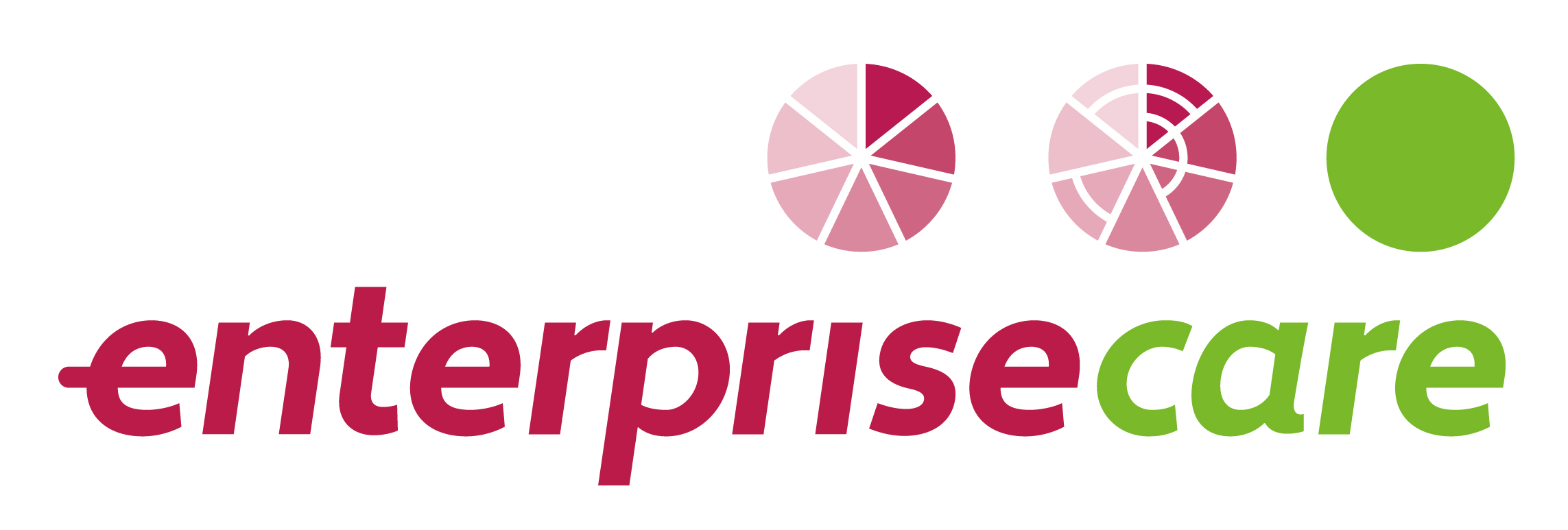
AI AND ROBOTS – BOARDROOMS BEWARE
The reality of AI and Robots
Globally, AI and robots are seen as the solution to the relentless pressures on business to produce faster, more flexibly, with greater personalisation, ever cheaper, and at a higher quality.
Increasingly, the greater use of newer technologies is contributing to an industry transformation and evolving workplace trends – often referred to as Industry 4.0.
Industry is facing other forces too. Local communities are voicing their concerns for environmental and well-being issues. These too are forcing significant change throughout industry.
But are we seeing even Industry 4.0 giving way to Industry 5.0? Moving from more technologies to machine learning, automation, internet of things, virtual reality and augmented reality, to now collaborative robots.
Thinking differently
Our critical challenge is how to be smarter in the 21st century with connecting people with AI and robots to undertake new operations?
Katherine Noyes wrote in February 2016 “There’s no shortage of warnings about robots taking over our jobs, but often overlooked is the potential for how robots and humans can work together.
That’s the focus of new research out of MIT’s Computer Science and Artificial Intelligence Laboratory (CSAIL), which has come up with a new model for how humans can communicate with robots more effectively.”
A long way in a short time
Just consider the advances at the turn of the century. Remember when no one thought computers could master chess? Then in 1997, IBM’s Deep Blue beat chess champion Garry Kasparov. In 2015, Europe’s reigning human champion in the Chinese game of Go was beaten by Google’s AlphaGo system. People considered AI differently.
New algorithms allow robots to better predict human movement. This facilitates improved working together of people and robots. So now the future has a focus on a new form of collaboration between robots and people.
Collaborate or isolate?
Whatever the size of the business there will be the need for improved collaborative arrangements to be pursued. People will need new learning to adapt and to become comfortable with changing work environments.
H. James Wilson and Paul R. Daugherty in the July–August 2018 Issue of HBR commented:
“Artificial intelligence is becoming good at many “human” jobs—diagnosing disease, translating languages, providing customer service—and it’s improving fast. This is raising reasonable fears that AI will ultimately replace human workers throughout the economy. But that’s not the inevitable, or even most likely, outcome. Never before have digital tools been so responsive to us, nor we to our tools. While AI will radically alter how work gets done and who does it, the technology’s larger impact will be in complementing and augmenting human capabilities, not replacing them.
Certainly, many companies have used AI to automate processes, but those that deploy it mainly to displace employees will see only short-term productivity gains. (our emphasis) In our research involving 1,500 companies, we found that firms achieve the most significant performance improvements when humans and machines work together. (our emphasis) Through such collaborative intelligence, humans and AI actively enhance each other’s complementary strengths: the leadership, teamwork, creativity, and social skills of the former, and the speed, scalability, and quantitative capabilities of the latter. What comes naturally to people (making a joke, for example) can be tricky for machines, and what’s straightforward for machines (analysing gigabytes of data) remains virtually impossible for humans. Business requires both kinds of capabilities.”
Reimagining Your Board
This is not far-fetched. Boards are contemplating this issue and some companies are likely to decide to have AI as a support for directors. So, while directors may not be totally replaced, maybe there is a need for another form of collaboration.
It has already been used, and successfully too, in a Hong Kong venture capitalist fund which used an algorithm known as Vital. Vital stands for Validating Investment Tool for Advancing Life Sciences. It was Vital which helped the board make more logical decisions.
While AI cannot under law replace directors, no doubt the emergence and compelling evidence of the value-add of increasing human intelligence, ultimately those that will be the winners are those who find the best means to connect people and AI together in a seamless manner.
So, whether as directors or leaders, let us not be afraid of change itself, but of change which is occurs within the business’ environmental orbit which is neither acknowledged nor owned.
Own the future
Whatever the change, wrought by new technology or otherwise, the directors and leadership group need to position the organisation to absorb the best of what can positively impact the business’ operations and decisions. Of course, to ensure the organisation is preferably placed, it needs to be the recipient of emerging information and trends as they are occurring.
DISCLAIMER: This article is general ONLY in nature and is not advice
For more information contact Damien Smith on smithdj@enterprisecare.com.au or 0418 325 781.
